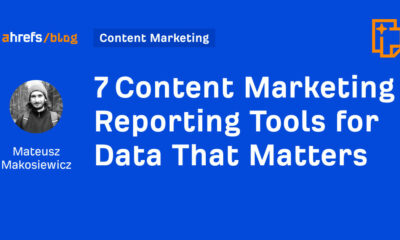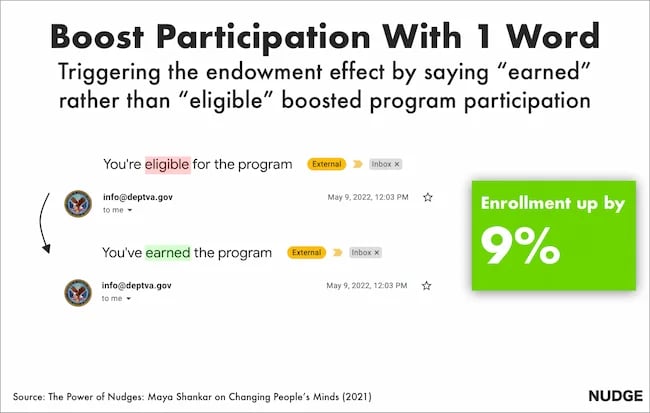
Lately, there has been a fair number of headlines advocating for cleaner CRM data. It’s true that more flawless CRM data leads to successful personalization marketing. And while most would agree on why you should clean your CRM data, there are divergent views on the how.
Too many of the articles recommend batch cleansing and periodic hygiene practices. But let’s be real. CRM data is and always will be messy. It’s a lot like your teenage son’s bedroom—you can clean that room from baseboards to the ceiling once a month, once a week, even once a day. The only sure thing is that it will be dirty again, and soon.
Flawless CRM data can’t be achieved by cleaning up database tables through one-time processes, no matter how many of those processes you employ, or how frequently. It can only be achieved by enforcing rigor in a system of record with integrated, repeatable, ongoing data services. Let’s discuss the characteristics that make up a reliable system of record, and why it’s a more effective path to ongoing efficiency and accuracy of CRM data.
Actionable data requires rigor
According to one article, “Getting rid of duplicate data values is the beginning of the cleanup process.” However, that is shortsighted. New customer data is onboarded all the time, which means deleting and merging duplicate data should be a constant value whenever new data is being integrated. It’s one of the primary drivers when companies consider adding a customer data platform (CDP)—centralizing customer data and automating the rigorous requirements associated with data unification and hygiene. You want your customer data to be accurate and actionable at any given moment, not just the day after your last merge process.
As an example, let’s imagine you are a women’s beauty retailer offering e-commerce sales as well as storefront locations. If you have customers who purchase online and in-store, they could appear as multiple individuals in your database, depending on how the data is collected. Unifying data across devices and locations ensures a better understanding of customer behavior, and regularly refreshing that data enables you to message based on their most recent purchases—as opposed to a purchase from last week or month when the data was last refreshed.
The most valuable data is data in motion
Most of the CRM data referenced in the article would be characterized as “data at rest” or PII (personal identifiable information) data. PII data is directly associated with a consumer and doesn’t change frequently (e.g., an email address, personal demographics), but when it does the data becomes unusable. The most valuable data in marketing activities isn’t necessarily PII data. It’s data in motion or non-PII data—constantly evolving and profiled in real-time. This can be transactional data, purchase behavior, content consumption and geo-location data. When it comes to understanding customer behavior and intent, non-PII data generates the most accurate signals to determine the next best action for marketers.
Only a comprehensive system of record like a CDP can safely and effectively graph non-PII data against existing PII records for use in real-time. It’s also necessary if you want to move forward from baseline hygiene and enrich your CRM data with non-PII data that enables you to understand customer interest and intent. Let’s go back to our example. Your beauty brand may have reliable customer data related to purchases made online and in-store, but you don’t know about recent purchases from other beauty brands, or if a customer has also been searching content from other make-up brands or researching hair care products. Data enrichment can help you further tailor marketing content with deeper and more meaningful personalization.
Bridge the gap from data to opportunities
The nature of non-PII data and the complexity of linking it in real-time to a consumer’s profile is why CRM data is and always will be messy. We can’t change how data is generated, in fact, what’s happening most often is we’re creating more devices and customer engagement strategies that in turn generate even more customer data and well, you get the picture. Bringing it back to our teenager example, he’ll continue to accumulate dirty clothes every day. The most efficient solution? Teach him to do his own laundry. You can do the same with your data.
Maintaining the quality and accuracy of CRM data is important, but it is a baseline requirement when it comes to your marketing efforts. Consumer expectations are high when it comes to personalized marketing and the recommendations they receive from your brand. The ability to identify your customers across channels and devices will require highly reliable, real-time insights—insights that can also reveal opportunities to engage through sophisticated AI. This is what the future of customer data management looks like, and why marketers should be focusing their technology conversations on the next generation of data platforms.


















![5 Psychological Tactics to Write Better Emails → Download Now: The Beginner's Guide to Email Marketing [Free Ebook]](https://articles.entireweb.com/wp-content/uploads/2023/02/11-Free-Email-Hacks-to-Step-Up-Your-Productivity.png)





















You must be logged in to post a comment Login